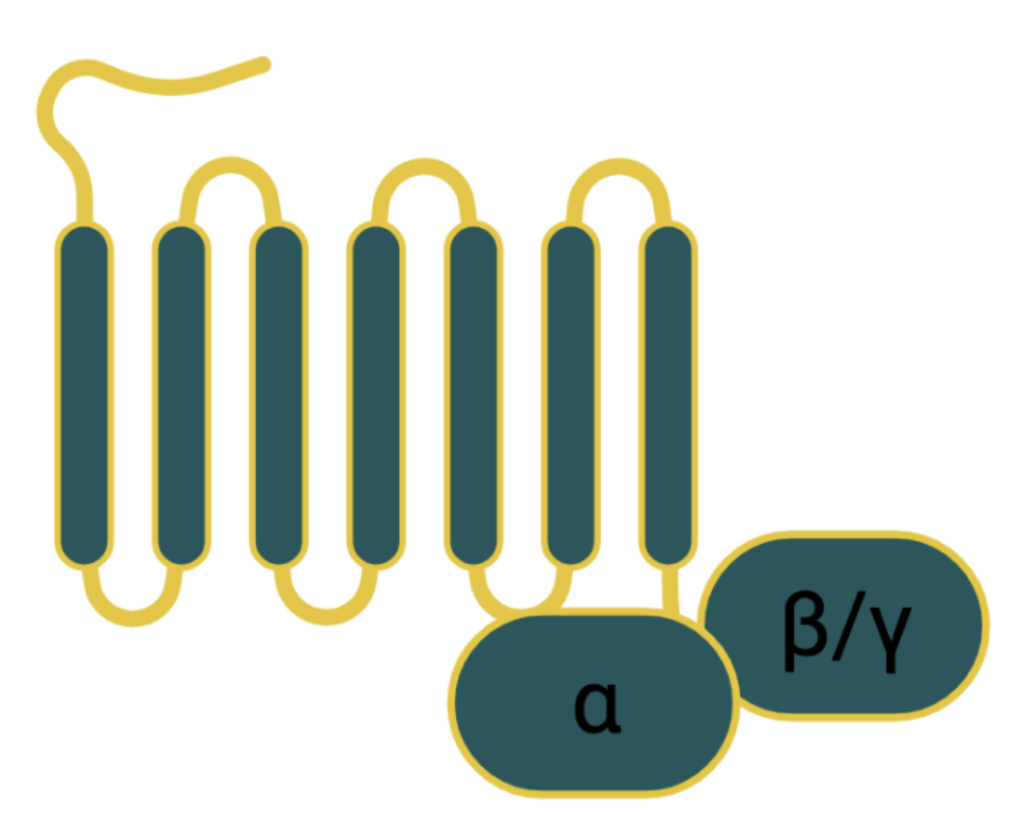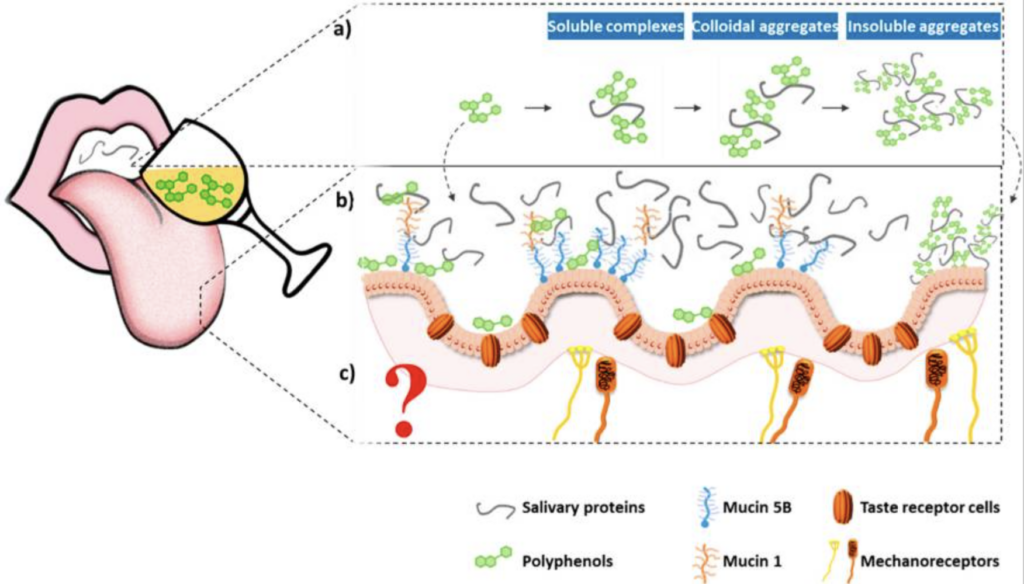Bitterness or astringency?
A classic point of confusion among sensory practitioners: is it bitterness or astringency?
Turns out, it could be both. Here, we’ll discuss the differences, similarities and limitations of testing.
Bitterness: strictly taste
In beer, we’re taught that measuring and perceiving bitterness relies mainly on the concentration of hop iso-alpha acids. These develop as alpha acids are boiled in the brewhouse.
Bitter molecules activate bitterness receptors in your tastebuds to create bitterness perception. Meanwhile, we measure bitterness in the lab using solvent extraction combined with ultraviolet spectroscopy to yield International Bitterness Units or IBUs.

End of story? Not quite. New research has unravelled how hop-derived humulinones also contribute bitterness without conversion by heat. This means dryhopping also increases perceived bitterness, to an extent. Beyond a certain concentration, dryhopping removes iso-alpha acids. Humulinones are not measured by typical bitterness testing.
Perceived and measured bitterness are also increased by tannins, polyphenol polymers found in grains and hops. Named so because of their role in leather tanning, tannins are extracted along with iso-alpha acids and detected by ultraviolet spectroscopy.
Normally, we might think of this as interference. But since tannins activate bitterness receptors, they can be considered a component of bitterness. In general, size and structure influences receptor activation: the bigger the tannin, the softer the bitterness.
Astringency: taste and mouthfeel
Astringency is the powdery or drying effect most noticeable at the finish of a sip, like when tea gets over-steeped. Tannins binding salivary proteins cause it, and this parallels how tannins behave in beer, where they bind barley proteins to create haze particulate.
While bitterness doesn’t impact astringency (as far as we know), astringency impacts bitterness by exposing tastebuds and through direct stimulation of bitterness receptors by tannins. So tannins impact both taste (bitterness – receptor-based) and mouthfeel (astringency – mechanical).

Tasting and the Raft Advantage
Typically, bitterness testing relies on perfectly calibrated instrumentation, which you’re unlikely to find near a brewery. While maintaining high-quality equipment, at Raft we also run controls with every test: beers with known IBU that ensure your measurements are as consistent as the world’s top beers.
Next time you taste, try to pick apart what’s in your mouth – is it bitterness or astringency? Your best strategy: stop guessing and start measuring today!

 Back to Blog
Back to Blog